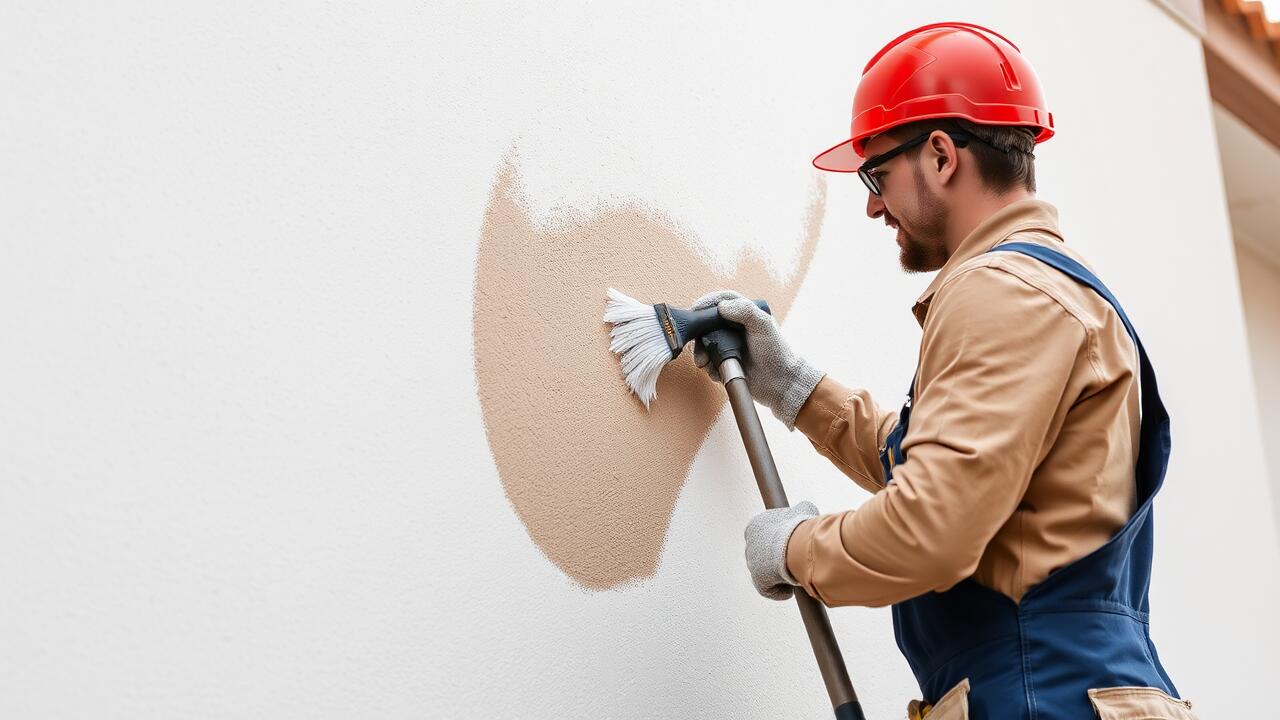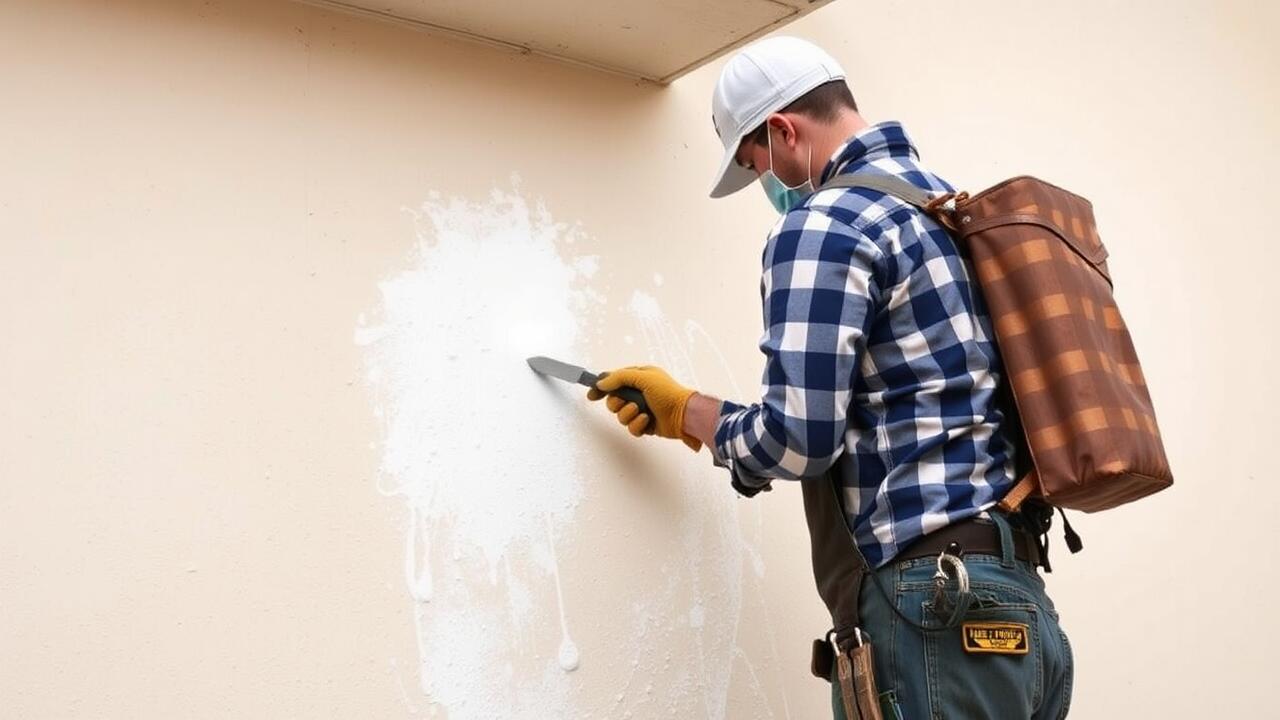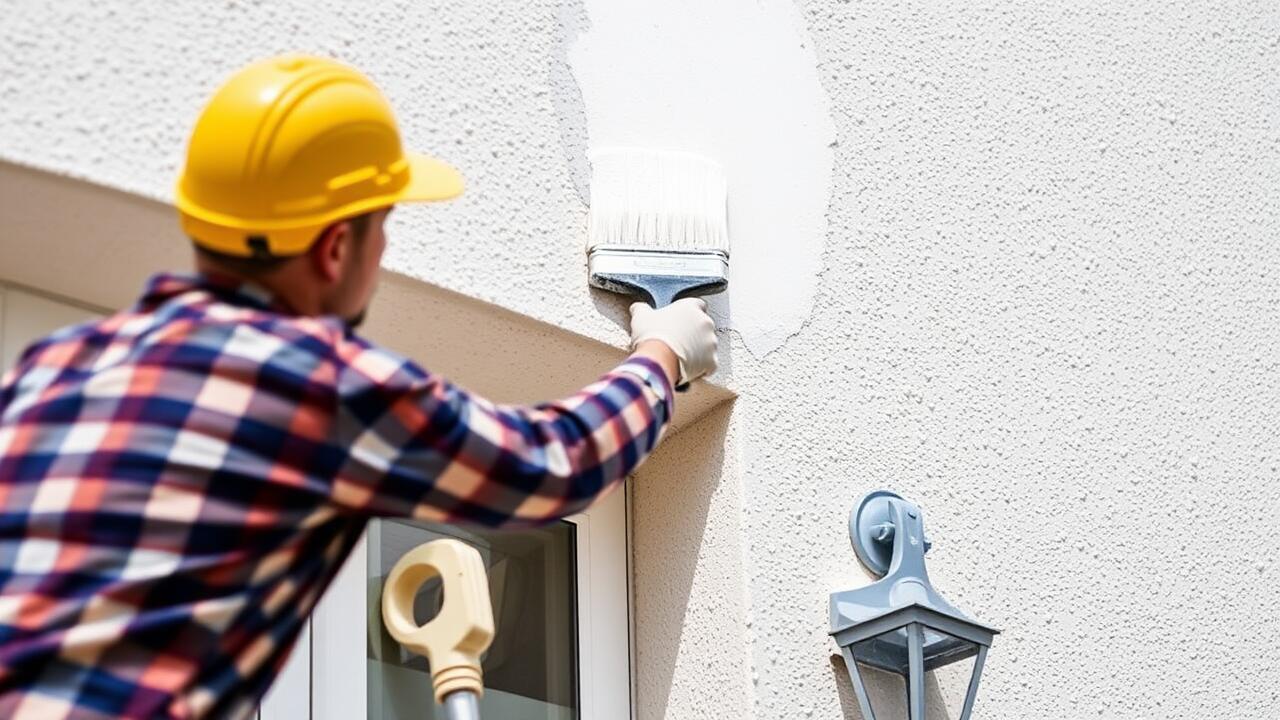
Benefits of Choosing Stucco for Your Home
Stucco offers several benefits that make it a popular choice for homeowners. Its durability is one of its standout features, providing excellent resistance against fire, pests, and harsh weather conditions. This makes stucco an ideal option for various climates. Additionally, stucco's low maintenance requirements appeal to many, allowing homeowners to enjoy beautiful exteriors without the burden of frequent repairs or repainting.
Another significant advantage of stucco is its versatility in design. It can be customized in various textures and colors, allowing for a unique aesthetic that can enhance the overall appeal of a home. This flexibility makes stucco suitable for a range of architectural styles. Local services, such as Reseda, Los Angeles Stucco Painting, can help homeowners realize their vision by providing expert application and finishing touches. With these benefits, stucco remains a favored option for many looking to improve their home's exterior.
Energy Efficiency and Insulation
Stucco serves as an excellent choice for energy efficiency and insulation, effectively regulating indoor temperatures. Its dense composition aids in maintaining consistent warmth during colder months while keeping interiors cooler in the summer. This natural insulative property minimizes energy consumption, leading to reduced utility bills. Homeowners often appreciate this benefit, especially in areas like Downtown Los Angeles, where temperature fluctuations can be more pronounced.
Moreover, stucco helps create a sound barrier, enhancing the overall comfort of your living space. The material's thickness also contributes to its ability to absorb sound, making homes in urban settings quieter. For those considering an upgrade or a new installation, services such as Los Angeles Stucco Painting can further enhance both the aesthetic and practical benefits of stucco, ensuring optimal performance and longevity.
Comparing Stucco to Other Exterior Finishes
Stucco is often compared to other exterior finishes such as vinyl siding, brick, and wood. Each material has its distinct advantages and drawbacks. For instance, while vinyl siding is low-maintenance and resistant to moisture, it lacks the aesthetic appeal and durability of stucco. Brick provides a timeless look and high durability but can be more expensive to install and repair. Wood can offer warmth and versatility in design but requires regular maintenance to prevent rot and insect damage. Ultimately, the choice depends on the homeowner’s preferences for aesthetics, budget, and maintenance.
In Reseda, Los Angeles, stucco painting has gained popularity due to its versatility and ability to blend well with various architectural styles. The local climate influences the choice of materials, making stucco a suitable option for its resilience against heat and moisture. Homeowners seeking a durable and energy-efficient finish often turn to stucco as a practical solution. When comparing it to alternatives, the long-term benefits of stucco, including its lifespan and energy efficiency, can outweigh initial installation costs.
Pros and Cons of Different Materials
When considering exterior finishes, each material offers unique advantages and drawbacks. For instance, wood siding provides a timeless aesthetic and is easily customizable, but it often requires regular maintenance due to susceptibility to rot and pests. Brick is durable and energy-efficient, but its installation can be costly and labor-intensive. Stucco, known for its versatility and durability, stands out as a popular choice in many regions, including Reseda, Los Angeles. It can withstand harsh weather conditions and offers excellent insulation properties, making it a practical option for homeowners.
On the other hand, stucco can crack over time, which may lead to significant repair costs. While it is relatively low-maintenance, the initial application requires skilled contractors to ensure a quality finish. Comparatively, vinyl siding is less expensive and easier to install, yet it lacks the character and customizability of stucco. Analyzing these pros and cons helps homeowners make informed decisions based on their individual needs and preferences when choosing the right material for their homes.
Preparing for a Stucco Installation
Before embarking on a stucco installation, it is essential to prepare the surface thoroughly. This includes repairing any existing damage to the walls, ensuring that the surface is clean, and verifying that all moisture-related issues have been addressed. In areas like Downtown Los Angeles, where climate factors play a significant role, proper preparation can prevent problems such as cracking or mold growth in the future.
Choosing the right materials is another vital consideration. Various stucco blends are available, catering to different aesthetic desires and structural needs. Homeowners in Los Angeles should consult with professional services that specialize in stucco, such as those offering expert advice on Los Angeles stucco painting. Engaging knowledgeable contractors can help ensure that the installation meets local building codes and withstands environmental challenges.
Key Considerations Before Application
Before applying stucco to your home, it is essential to assess the existing structure and its compatibility with stucco’s requirements. Ensure that the surface is sound and free from cracks or moisture issues. Proper preparation of the substrate is crucial for a long-lasting finish. Additionally, consider environmental factors such as local weather conditions. Humidity, temperature, and rainfall can all impact the curing process and overall performance of stucco, especially in areas like Downtown Los Angeles.
Choosing the right application technique and finish can significantly influence the appearance and durability of the stucco. Options range from smooth to textured finishes, providing flexibility based on personal aesthetics and desired maintenance levels. It’s a good idea to consult professionals specializing in stucco application, such as those found in Downtown Los Angeles, Los Angeles Stucco Painting, for guidance. Their expertise can help navigate the various considerations and ensure a successful installation that meets your home’s needs.
FAQS
What is the average lifespan of stucco?
The average lifespan of stucco can range from 50 to 80 years, depending on the quality of installation, maintenance, and environmental conditions.
How can I extend the lifespan of my stucco?
To extend the lifespan of your stucco, regular maintenance is essential. This includes inspecting for cracks, cleaning the surface, and applying a proper sealant when needed.
Does climate affect the lifespan of stucco?
Yes, climate can significantly impact the lifespan of stucco. Extreme weather conditions, such as heavy rainfall, freezing temperatures, or intense sunlight, can lead to damage and reduce its longevity.
What are common issues that can shorten the lifespan of stucco?
Common issues that can shorten the lifespan of stucco include water damage, poor installation practices, lack of maintenance, and exposure to harsh weather conditions.
Is stucco a cost-effective exterior finish in the long run?
Yes, stucco can be a cost-effective exterior finish in the long run due to its durability, low maintenance requirements, and energy efficiency, which can lead to savings on utility bills.

